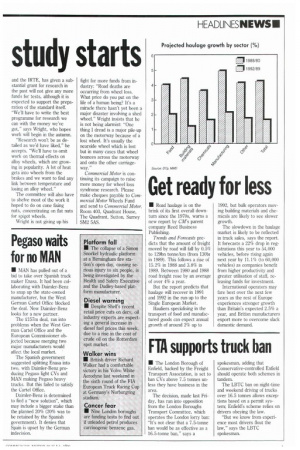study starts
Page 7

If you've noticed an error in this article please click here to report it so we can fix it.
and the IRTE, has given a substantial grant for research in the past will not give any more funds for tests, although it is expected to support the preparation of the standard itself. "Well have to write the best programme for research we can with the money we've got," says Wright, who hopes work will begin in the autumn.
"Research won't be as detailed as we'd have liked," he accepts. "We'll have to omit work on thermal effects on alloy wheels, which are growing in popularity. A lot of heat gets into wheels from the brakes and we want to find any link between temperature and losing an alloy wheel."
The committee will also have to shelve most of the work it hoped to do on cone fixing nuts, concentrating on flat nuts for spigot wheels.
Wright is not giving up his
fight for more funds from industry: "Road deaths are occurring from wheel loss. What price do you put on the life of a human being? It's a miracle there hasn't yet been a major disaster involving a shed wheel." Wright insists that he is not being alarmist: "One thing I dread is a major pile-up on the motorway because of a lost wheel. It's usually the nearside wheel which is lost but in many cases that wheel bounces across the motorway and onto the other carriageway."
Commercial Motor is continuing its campaign to raise more money for wheel loss syndrome research. Please make cheques payable to Commercial Motor Wheels Fund and send to Commercial Motor, Room 403, Quadrant House, The Quadrant, Sutton, Surrey SM2 5AS.
























































































































